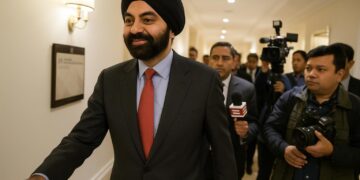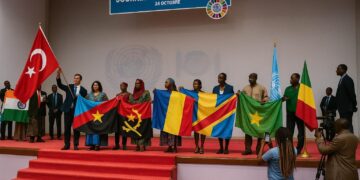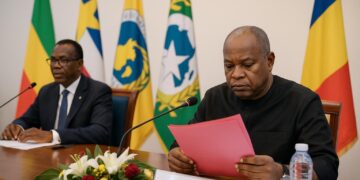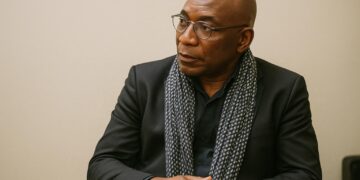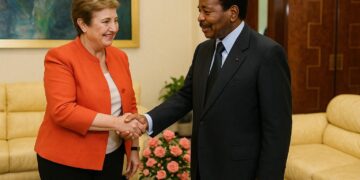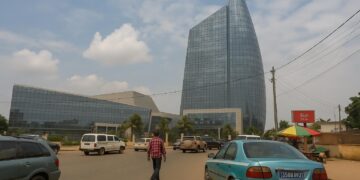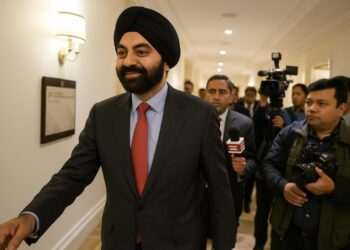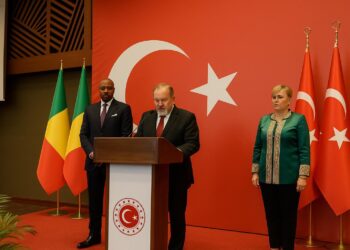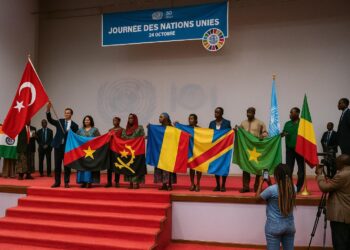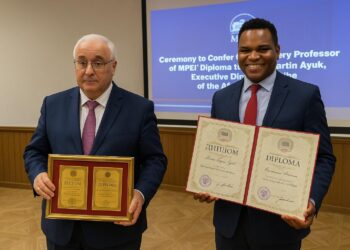Strategic Partnership at the Crossroads of Brazzaville and Shenzhen
When the delegation led by UNESCO Representative Fatoumata Barry Marega touched down at Maya-Maya International Airport on 16 July, the reception was discreet yet charged with symbolism. The visit, the second of its kind under the UNESCO-Codemao Youth Coding Initiative, sought to consolidate a triangular alliance among Congo-Brazzaville, the United Nations’ cultural arm and China’s fast-growing educational-technology sector. Five secondary-school students and their teachers had spent eight intensive days in Shenzhen laboratories refining their understanding of machine learning, neural networks and natural-language processing—fields still embryonic in most Central African curricula but routine in China’s technology hubs (UNESCO 2023).
Pedagogical Gains Beyond Coding Syntax
Participants returned with more than certificates. Within Codemao’s project-based environment, Congolese learners produced mini-applications that blended Mandarin, French and Lingala UI prompts, an exercise intended to embed both cultural confidence and technical fluency. Several prototypes earned commendations from Chinese mentors, underscoring Congo’s latent talent pool. For the educators, the exposure to differentiated instruction, flipped-classroom techniques and formative assessment tools provided a ready-made template for local adaptation—a point teacher Chris Moukana underscored in praising the programme’s practical bias.
Soft Power and Digital Diplomacy Entwined
The initiative also illustrates Beijing’s calibrated use of educational technology as soft-power currency at a moment when African partners are shopping for reliable digital allies. By inviting Congolese students to pitch AI projects that celebrate national folklore, Chinese facilitators signalled respect for local narratives while advancing their own EdTech brand. Brazzaville, for its part, secures cost-effective skills transfer without compromising its foreign-policy principle of ‘relations with all, enmity with none’, a stance reiterated by Congolese diplomats after the study tour (Ministry of Foreign Affairs 2023).
Capacity Building for a Future-Proof Workforce
UNESCO’s broader objective is to seed an endogenous ecosystem of AI practitioners able to navigate Congo’s economic diversification agenda. According to the World Bank, the country’s under-15 demographic accounts for fifty per cent of the population, creating both urgency and opportunity for STEM investment (World Bank 2022). By grooming student ‘ambassadors’ charged with peer-to-peer diffusion of AI know-how, the programme aligns with the Education Ministry’s Digital Horizon 2025 framework that prioritises computational thinking from lower-secondary grades onward.
Balancing Optimism with Systemic Realities
Yet the success of any AI curriculum ultimately hinges on bandwidth, electricity reliability and teacher-training throughput—variables still uneven across Congo’s eleven departments. While the tour offered high-bandwidth cloud resources on Chinese servers, local schools will rely on smaller micro-data-centre kits scheduled for roll-out under a public-private partnership announced in May (ICT Authority 2024). Maintaining the momentum therefore requires sustained investment, pedagogical follow-up and a monitoring architecture that can translate pilot-programme enthusiasm into scalable outcomes.
Next Steps on the Bilateral AI Learning Curve
Officials in Brazzaville hint that a third cohort could depart as early as 2025, coinciding with the planned launch of a national repository of open-source teaching modules co-developed with Codemao engineers. In the interim, the five returning students will spearhead coding clubs in their respective lycées, supervised by the teachers who accompanied them. ‘Our children honoured us; they held their own in competition and elevated Congolese culture,’ Marega observed upon arrival, capturing a sentiment that neatly marries national pride with the pragmatics of human-capital formation. If the model holds, Congo’s quiet AI awakening may soon reverberate far beyond the walls of its classrooms, contributing to a digitally fluent citizenry capable of navigating—and shaping—the Fourth Industrial Revolution.

